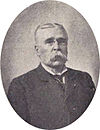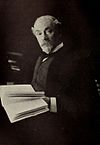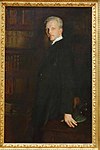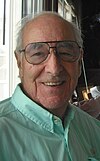
The Metropolitan Museum of Art, colloquially referred to as the Met, is an encyclopedic art museum in New York City. By floor area, it is the fourth-largest museum in the world and the largest art museum in the Americas. With 5.36 million visitors in 2023, it is the most-visited museum in the United States and the fourth-most visited art museum in the world.

The Cloisters, also known as the Met Cloisters, is a museum in the Washington Heights neighborhood of Upper Manhattan, New York City. The museum, situated in Fort Tryon Park, specializes in European medieval art and architecture, with a focus on the Romanesque and Gothic periods. Governed by the Metropolitan Museum of Art, it contains a large collection of medieval artworks shown in the architectural settings of French monasteries and abbeys. Its buildings are centered around four cloisters—the Cuxa, Saint-Guilhem, Bonnefont and Trie—that were acquired by American sculptor and art dealer George Grey Barnard in France before 1913, and moved to New York. Barnard's collection was bought for the museum by financier and philanthropist John D. Rockefeller Jr. Other major sources of objects were the collections of J. P. Morgan and Joseph Brummer.
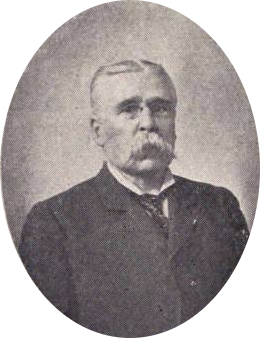
Luigi Palma di Cesnola, an Italian-American soldier, diplomat and amateur archaeologist, was born in Rivarolo Canavese, near Turin. He received the Medal of Honor for his actions during the American Civil War. He was United States consul at Larnaca in Cyprus (1865–1877) and first Director of the Metropolitan Museum of Art in New York (1879–1904).
Below are notable events in archaeology that occurred in 1904.

Hans Hollein was an Austrian architect and designer and key figure of postmodern architecture. Some of his most notable works are the Haas House and the Albertina extension in the inner city of Vienna.
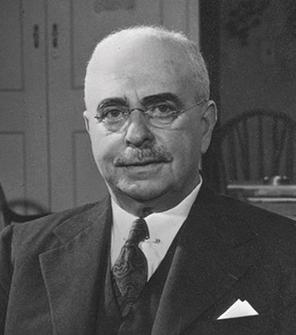
Paul Joseph Sachs was an American investor, businessman and museum director. Sachs served as associate director of the Fogg Art Museum and as a partner in the financial firm Goldman Sachs. He is recognized for having developed one of the earliest museum studies courses in the United States.

James Joseph Rorimer, was an American museum curator and former director of the Metropolitan Museum of Art, where he was a primary force behind the creation of the Cloisters, a branch of the museum dedicated to the art and architecture of Medieval Europe. During World War II, Rorimer served in the U.S. Army's Monuments, Fine Arts and Archives Section, a.k.a. the "Monuments Men," protecting cultural sites and recovering stolen art work.
Thomas Patrick Campbell is the director and CEO of the Fine Arts Museums of San Francisco, overseeing the de Young and Legion of Honor museums. He served as the director and CEO of the Metropolitan Museum of Art between 2009 and 2017. On 30 June 2017, Campbell stepped down as director and CEO of the Metropolitan Museum of Art under pressure and accepted the Getty Foundation's Rothschild Fellowship for research and study at both the J. Paul Getty Museum in Los Angeles and at Waddesdon Manor, in the UK.
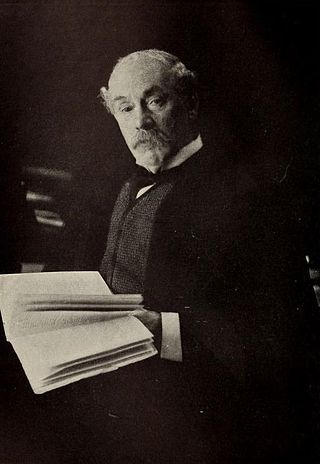
Sir Caspar Purdon Clarke was an English architect and museum director.

Edward Robinson was an American writer and authority on art.

Harriet Barnes Pratt was an American philanthropist, collector of Americana, non-profit administrator and horticulturist.

Arthur Banks Skinner (1861–1911) was Director of the Art Museum division of the Victoria and Albert Museum, London from 1905 to 1908. He died before he was 50 years of age.
Preston Ashley Remington was an American art historian who served as a curator at the Metropolitan Museum of Art in New York City between 1923 and 1958.

Max Hollein is an Austrian art historian and the current CEO and Director of the Metropolitan Museum of Art in New York City. He served as Director and CEO of the Fine Arts Museums of San Francisco from July 2016, until April 2018, the Metropolitan Museum of Art announced that Hollein would become its 10th director.

Nina Hollein is an Austrian author, architect, and fashion designer based in New York City.
Margaret B. Freeman was an American art historian who was the head curator of The Cloisters, a branch of the Metropolitan Museum of Art dedicated to medieval art and architecture, from 1955 to 1965. She studied medieval tapestries as well as the use of plants in medieval art.

William Loring Andrews was an American rare book collector, publisher, and librarian. He was a trustee and the first librarian of New York's Metropolitan Museum of Art and its advocate for forty years. From 1888 to 1892, he served as the founder and president of the Grolier Club. He was also the founder and only president of the Society of Iconophiles. He was "an enthusiastic and discriminating collector of rare books, prints, paintings, and porcelains."
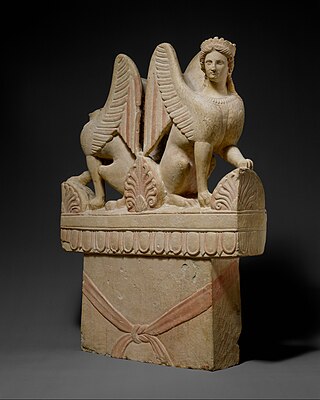
The Cesnola Sphinx Funerary Stele is a Classic Greek funerary stela dating to the last quarter of the 5th century B.C.
William Holmes Forsyth was an American artist.
The Cesnola Phoenician inscriptions are 28 Phoenician inscriptions from Cyprus in the Metropolitan Museum of Art's Cesnola Collection. They were discovered by Luigi Palma di Cesnola during his tenure as the United States Consul to Cyprus from 1865 to 1871. The were inscribed on votive bowls, two stelae, and on 18 different vases.

